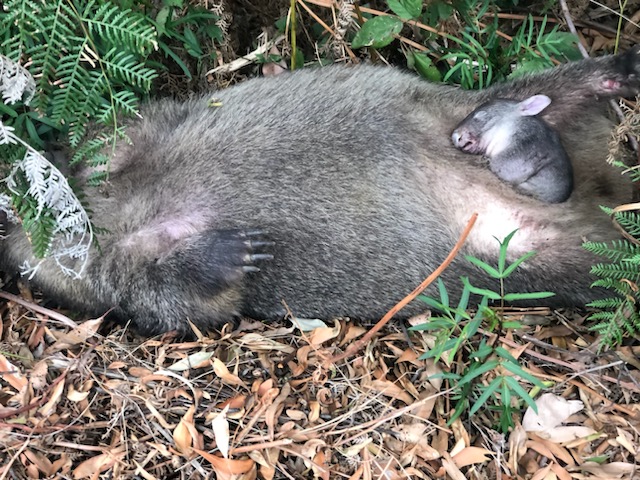The humble wombat is a largely-loved native critter across the country, but conservationists are concerned about the treatment they are receiving from landowners.
Wombats are protected in Victoria under the Wildlife Act 1975 but landowners can apply for an Authority to Control Wildlife (ATCW) permit that allows for the ‘destruction’ of wombats that are causing damage, though non-lethal methods are recommended.
Wombat Protection Society (WPS) volunteer and South Gippsland farmer Ali Martin said she first joined the WPS because she feels coexisting with wildlife is preferable to seeing them as pests.
“I just got more involved and we started to develop more educational materials for farmers, property owners and people that potentially want to be involved in assisting us with orphaned wombats that need safe release sites on properties where they won’t be shot or they won’t get hit on roads, basically a safe haven for them,” she said.
“We started doing educational stands, going to agricultural farms and community events just to talk to people about wildlife, particularly wombats, on their property and things like if they’ve gotten caught under the house and what we could do to help with that and what options there are other than just going straight to the traditional method of shooting without thinking.”
In 2023, 222 permits were issued that allowed for lethal control of a maximum of 1902 wombats. The amount of ACTW permits issued each year can vary due to factors like changing environmental conditions such as rainfall and its impacts on food and water availability for wildlife.
Raewyn Jeganathan runs the Waratah Wildlife Shelter, started in Launching Place and in the process of moving to Big Pats Creek, and said we need to do better for wombats.
“I regularly get calls about ’nuisance’ wombats and am often frustrated by people’s lack of compassion to the animals, I get that it’s frustrating when they’re digging under the house or trashing the vege patch but we are living in their homes and we need to be more mindful of that,” she said.
“Our reluctance to explore ways to coexist with wildlife is really quite disgraceful, we’d rather just kill it because we feel entitled to do so and DEECA issuing so many permits only encourages this mindset,”
“DEECA should be providing more education, offering advice and resources to encourage people to live alongside our beautiful wombats, it’s really quite an insult to carers to think that we put all this time and love into raising these animals only to have DEECA hand out so many kill permits.”
Wombats digging burrows can undermine building foundations or fencing and cause significant damage or can create safety risks by creating large holes that agricultural equipment, trail bikes or small vehicles can fall into.
ACTW permits are meant to be issued when all practical non-lethal control options have been exhausted and the animal, such as a wombat, is having a negative impact on crops, pasture, infrastructure or human safety.
Ms Martin said their key message is just to not jump to shootings as there’s a range of other options that are suitable to anybody’s needs no matter what they may be.
“One option is a wombat gate that’s really heavy, wombats will push through it and they’ll use it within days but it’s too heavy for a lamb to push through it or they just think it’s part of the fence and they are good for smaller properties,” she said.
“Another option is a wooden pallet under a gate, which allows the wombat to move freely but sheep or a lamb won’t try to go under it,”
“Another thing we suggest is building wildlife corridors or shelter belts, which is something that’s very common now to do, and you might do it within your paddocks and fence it off and if you’ve got a nice little bushy area, it’s great for your stock because it gives them shade, but it’s great for wildlife and wombats because they’re more inclined to dig their burrows in that space while protecting your stock from falling down a hole.”
For wombats under houses, property owners are recommended to put a radio and a torch near or under the house before bed and when the wombat returns from foraging, the activity might deter it after a few nights in a row.
More information on wombat behaviour and non-lethal control options is available at:
vic.gov.au/common-wombat-wildlife-management-methods
wildlife.vic.gov.au/__data/assets/pdf_file/0029/710876/Living-with-Wildlife-Wombats.pdf








